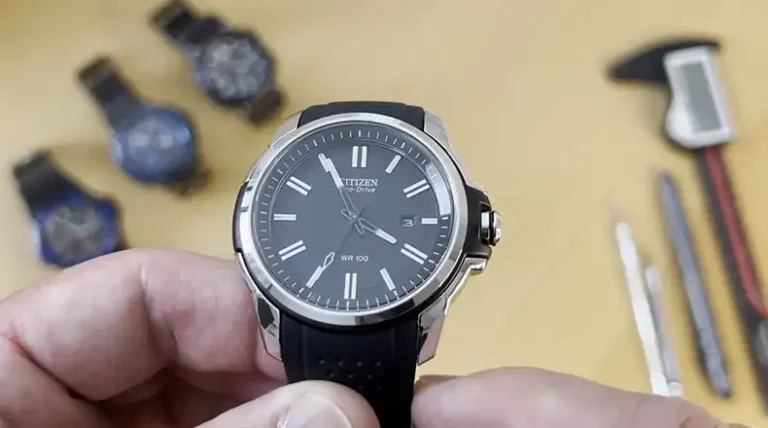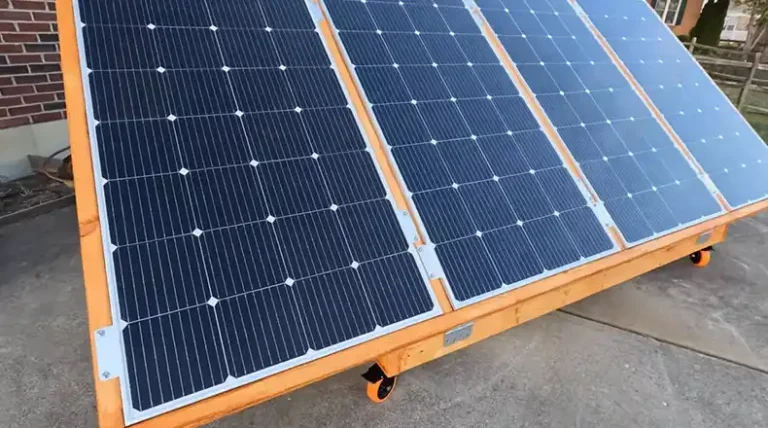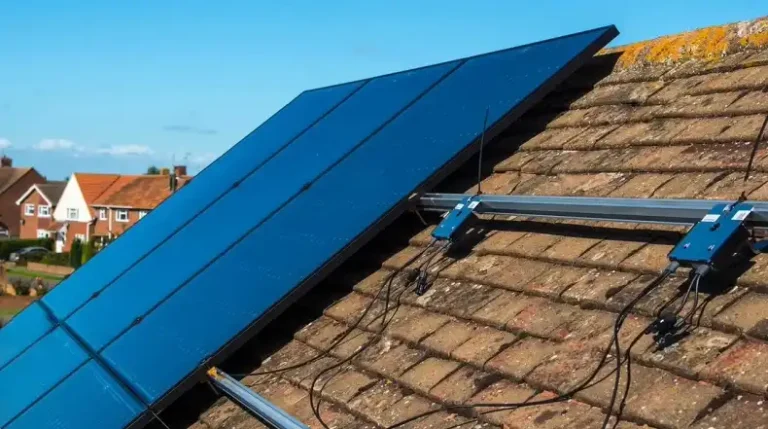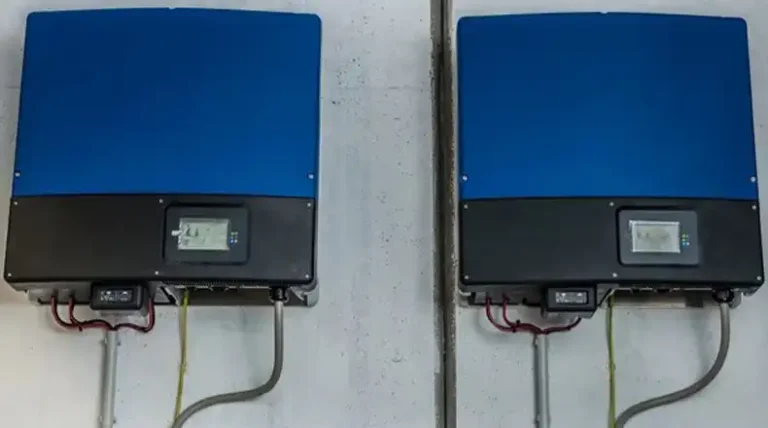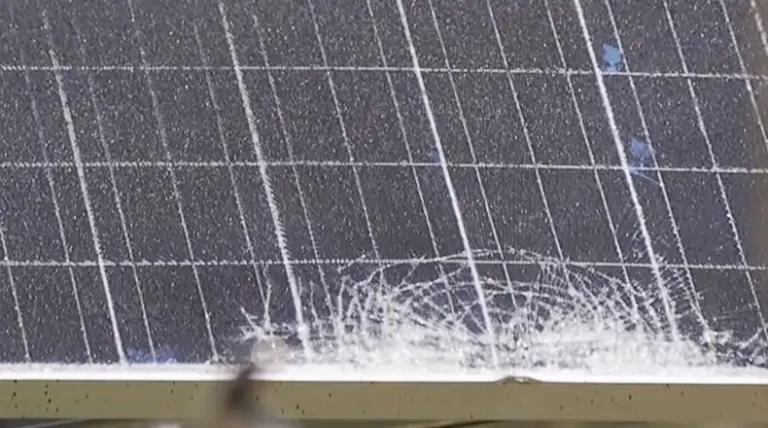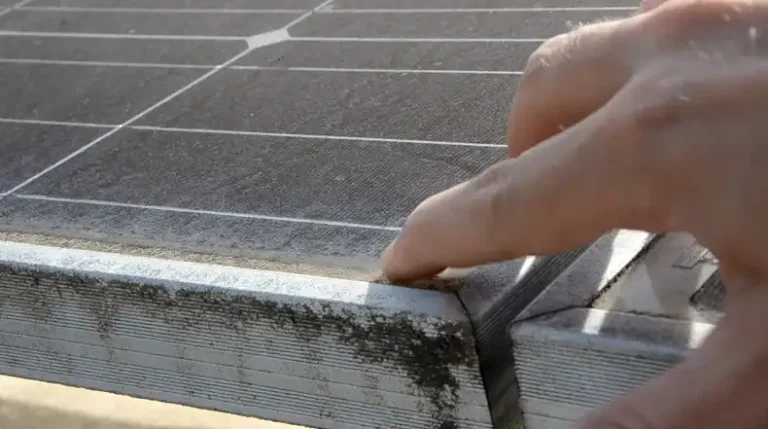What Happens to Excess Solar Power Generated Off-Grid? What to Do?
Harnessing the power of the sun through solar panels is a great way to generate electricity, especially if you’re off the grid. However, even in such systems, there might be days when your panels produce more energy than you can consume. So, the big question is: What happens to this excess solar power?
At its core, excess energy in an off-grid system either gets stored for future use or it goes to waste. However, there are ways to optimize this overflow to ensure it doesn’t just dissipate into the ether.
Curious about the details? Come along and I break down the ins and outs of managing excess solar power in off-grid setups.
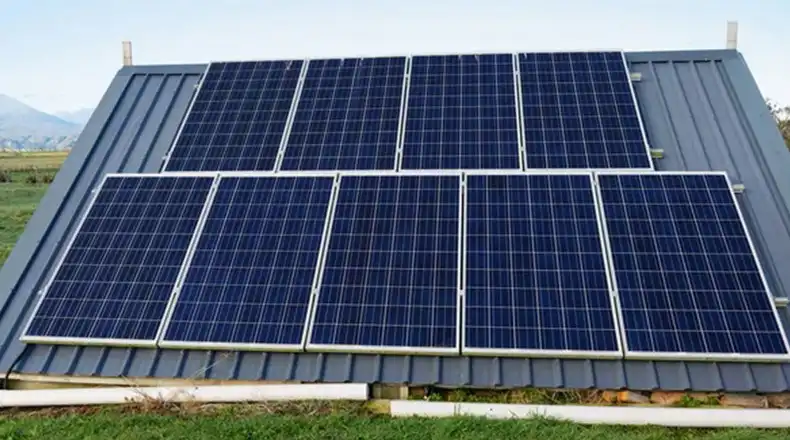
What Potential Scenarios I Faced with Excess Solar Power
1. Storage in Batteries
This is the most common method of handling excess energy in an off-grid system:
- Process: Surplus energy is stored in connected battery banks. These banks store power for use during times when the solar panels aren’t producing electricity, like at night or during cloudy days.
- Benefits: Provides a continuous power supply, making the system more resilient and reliable.
- Drawbacks: Batteries have a finite capacity. Once they’re fully charged, any additional energy produced will still be wasted.
2. Diversion to Secondary Loads
Some systems are equipped with a setup that diverts excess energy to secondary tasks:
- Process: Once primary needs are met and storage batteries are full, energy gets diverted to tasks like heating water or powering external sheds.
- Benefits: Makes efficient use of excess energy, enhancing the system’s overall efficiency.
- Drawbacks: Requires additional infrastructure and potentially more maintenance.
3. Grounding or Dissipating the Excess
In some cases, the surplus energy is grounded:
- Process: Excess electricity is sent to grounding mechanisms where it’s safely dissipated into the earth.
- Benefits: Provides a safety mechanism to protect equipment from potential damage due to overloading.
- Drawbacks: Complete wastage of the surplus energy.
Managing and Optimizing Excess Solar Power
- Expand Battery Storage: Consider adding more batteries or upgrading to higher-capacity batteries to store more excess power.
- Intelligent Monitoring Systems: Modern solar systems come with smart monitoring tools. These can give insights into power generation and usage patterns, allowing for better energy management.
- Scheduled Usage: Some appliances or tasks can be scheduled for times when excess power generation is anticipated.
- Backup Systems: Consider having backup systems, like wind turbines. When one system produces excess energy, you can rely more on that and lessen the use of the other.
- Regular Maintenance: Ensure solar panels and storage batteries are regularly maintained to keep them operating at optimal efficiency.
Unpacking the Common Questions and Answers
Can excess energy be sold back to the grid in off-grid systems?
Typically, off-grid systems are entirely disconnected from the main grid, so selling back isn’t an option. However, in grid-tied systems, excess energy can often be sold back.
Is it harmful for solar panels to produce more energy than used?
Solar panels producing excess energy isn’t harmful to the panels themselves. However, how the system manages this excess can impact the overall setup, especially if not handled correctly.
How can I predict when I’ll produce excess energy?
Monitoring tools can provide data on solar energy generation patterns. Also, understanding seasonal sun patterns in your region can give insights into potential high-generation periods.
Wrapping It Up
Having excess solar power in off-grid systems is a good problem to have. It means your setup is efficiently harnessing the sun’s energy. However, with some strategic planning and system adjustments, this excess can be harnessed even more effectively, ensuring every ray of sunlight doesn’t go to waste. Thanks for shining with us on this topic! If you’re still left with burning questions, feel free to drop them below. Sun’s out, knowledge out!

